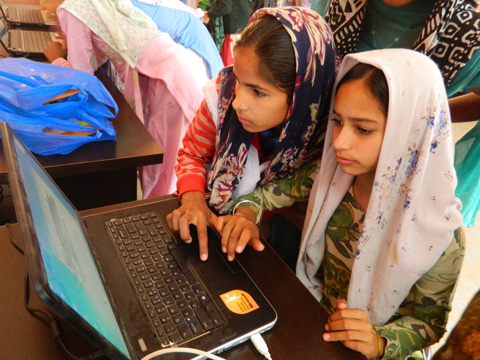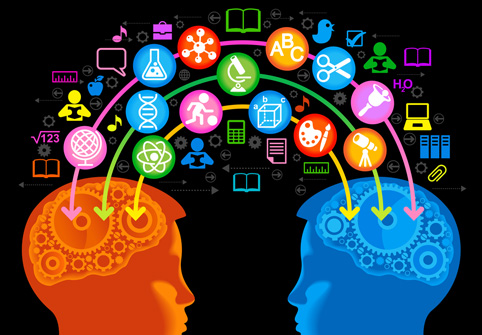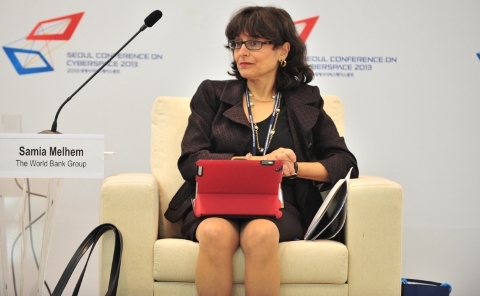New Delhi: July 26, 2015

The Human Development Report (HDR) published by the United Nations Development Programme (UNDP) estimates the human development index (HDI) in terms of three basic parameters: to live a long and healthy life, to be educated and knowledgeable, and to enjoy a decent economic standard of living. According to HDR 2013, India with an HDI of 0.554 in 2012 has slipped down a few notches with its overall global ranking at 136 (out of the 186 countries) as against 134 (out of 187 countries) as per HDR 2012.
India has a long way to go as it is still in the medium human development category with countries like China, Egypt, Indonesia, South Africa, and even Vietnam having better overall HDI ranking within the same category and Sri Lanka moving to the high human development category from medium in the 2012 HDI ranking despite years of internal conflicts. The existing gap in health and education indicators in India as compared to developed countries and also many of the developing countries highlights the need for much faster and wider spread of basic health and education.
The Indian performance in mean years of schooling (4.4 years) is not only much below that of countries like China, Brazil, Sri Lanka, and Egypt which have higher per capita incomes but also below that of Bangladesh and Pakistan which
have lower per capita incomes. It is also much lower than the global average of 7.5 years. Though lower in HDI ranking, in terms of average annual HDI growth rate for 2000-12, India is well ahead.
A challenge is of dealing with multiple and sometimes overlapping programmes institutalised by the government. While India has not compromised on expenditures on welfare activities despite the global shocks as reflected in the rise in social expenditure as a percentage of GDP, the outlays have not fully translated into outcomes. A mere mark up each year in the Budget for existing programmes or starting some new programmes will not suffice. What is needed is a zero budgeting approach with a revamp, reorganisation and convergence of social-sector schemes with a minimum size prescribed for the schemes.







